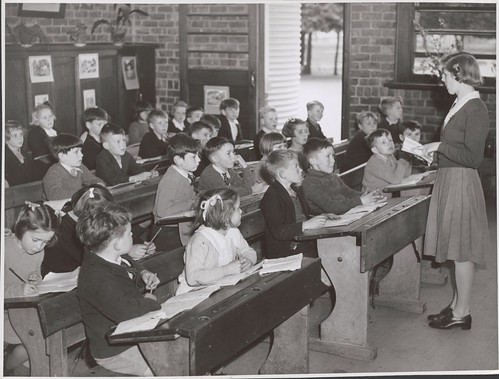The attributes of the Learner’s Profile and the four capacities of the Curriculum for Excellence are similar in a number of ways. It is clear there are more attributes in IB than there are of the CfE capacities, however, it is also true that under each capacity there is a wide range of skills and attributes that are to be developed by each learner under the Curriculum.
If a child becomes caring, principled and inquiring, as listed by IB, then this will allow them to become a responsible citizen. If a child is balanced, knowledgeable, has good communication skills and learns to be reflective then this allows them to take steps forward to becoming an effective contributor. This is a trend that I have noticed that links the IB attributes with the CfE. It continues as the attributes listed as open-minded, reflective and being a good thinker contribute towards children becoming successful learners. Being a risk taker encourages children to become confident individuals. Of course, the attributes may cross over sometimes. For example, being a good communicator will encourage the child to also be a confident individual.
Although they all are very similar and all link clearly, there are some differences. Firstly, the way they are set out which I have already briefly covered. There are also areas which are mentioned in the capacities that are not in the Learner Profile. One that I quickly noticed was ‘resilience’. Resilience is listed under effective contributor and the reason I recognised this wasn’t in the Learner Profile was because it was a big aspect at my placement. Students were always praised for their resilience in and out of the classroom and it was always spoken about at assemblies and why it was important to be resilient. I do see this as an important aspect to a child’s development and was surprised to see it wasn’t listed under IB.
Another difference is that the CfE capacities has listed under each one personal attributes they expect the children to develop and also what the children should be able to do. CfE lists a wider variety of skills that the children should achieve and sets out clearly the expectations.
At my placement I definitely noticed some of the IB attributes amongst the children’s learning. They were encouraged to be reflective as they would mark their own work and other children’s work. They would look at what was done well and what could be improved next time. They also learned to be good communicators. Before we did any group work we would discuss as a class the importance of listening to other people’s ideas and portraying their own. The children were also reassured that questions were a good thing, becoming inquirers. I was always told through my own education that if I had a question then it is most likely that someone else had the same question.
It can be said that the attributes of the Learner’s Profile and the four capacities are both tailored to develop children to become the best they can be.


